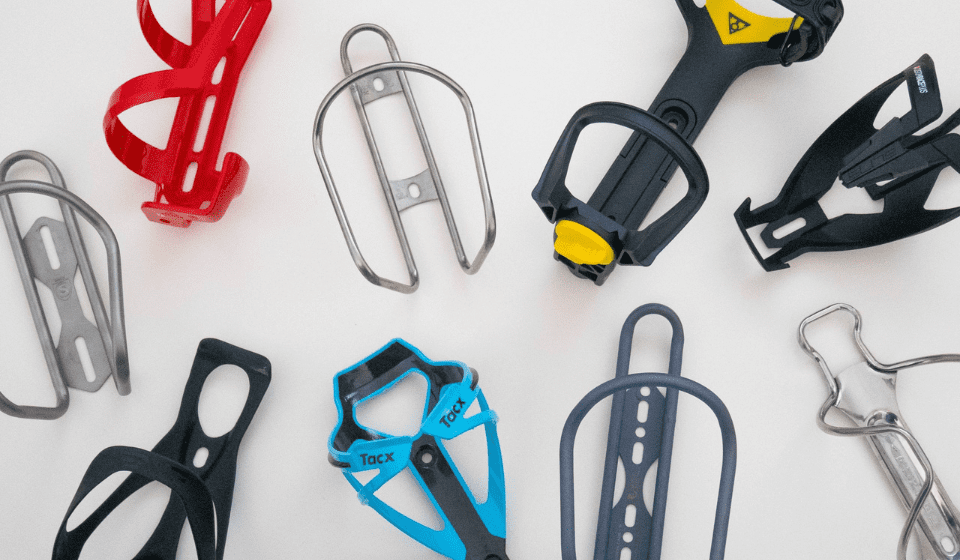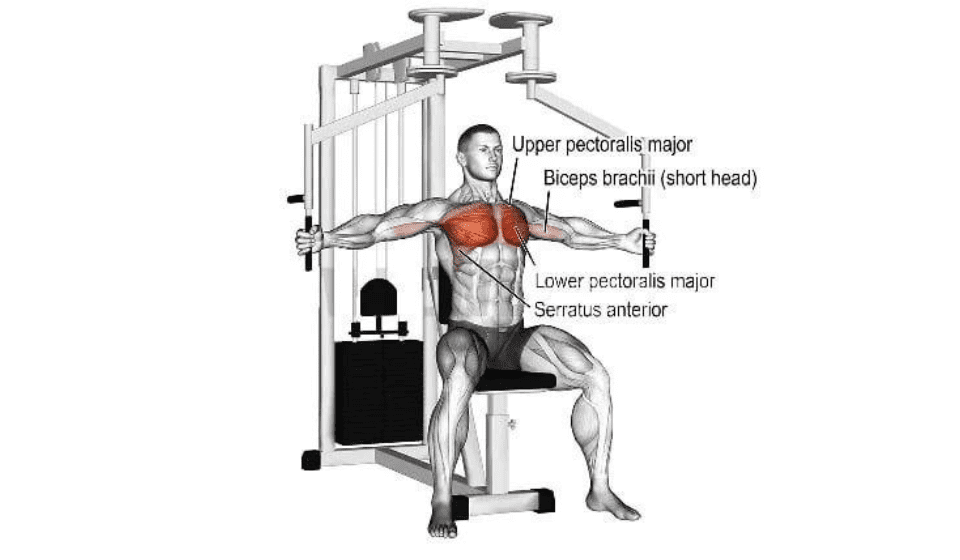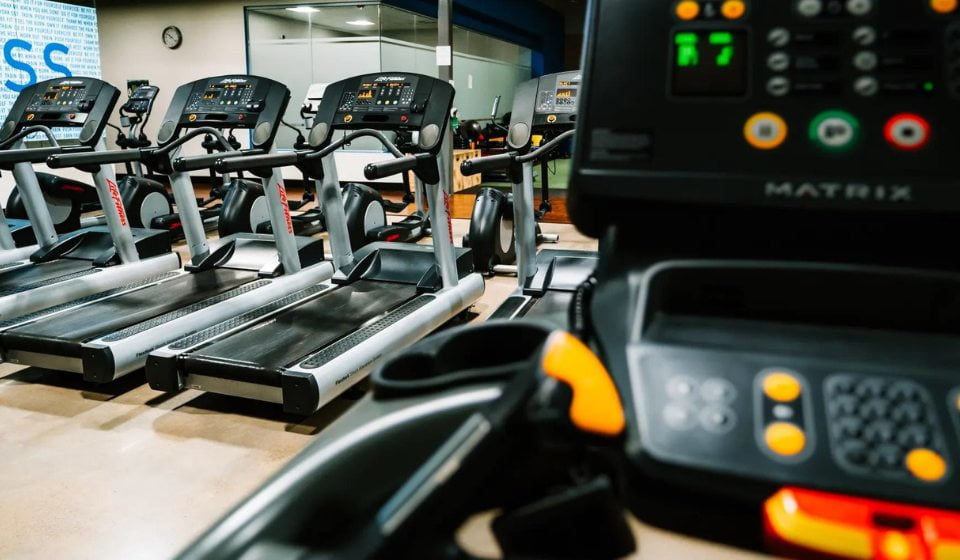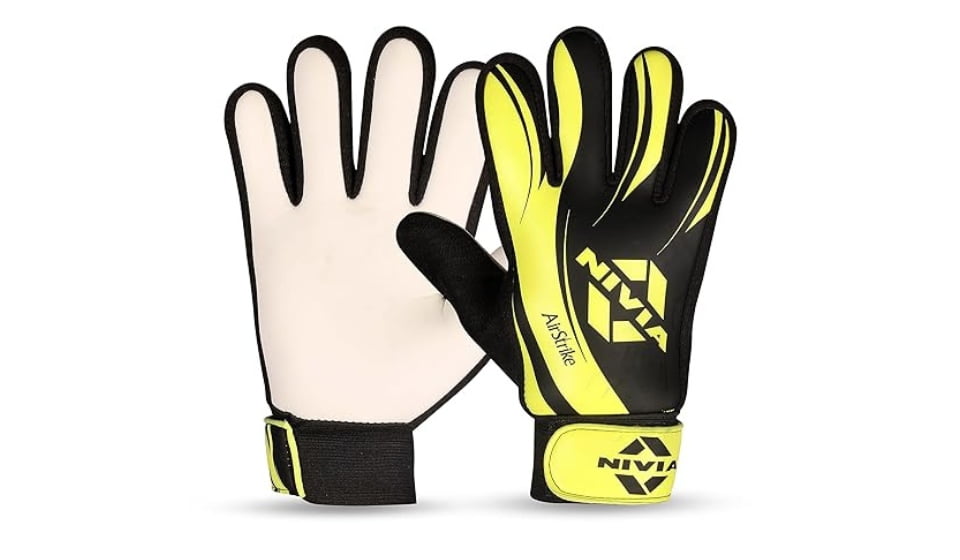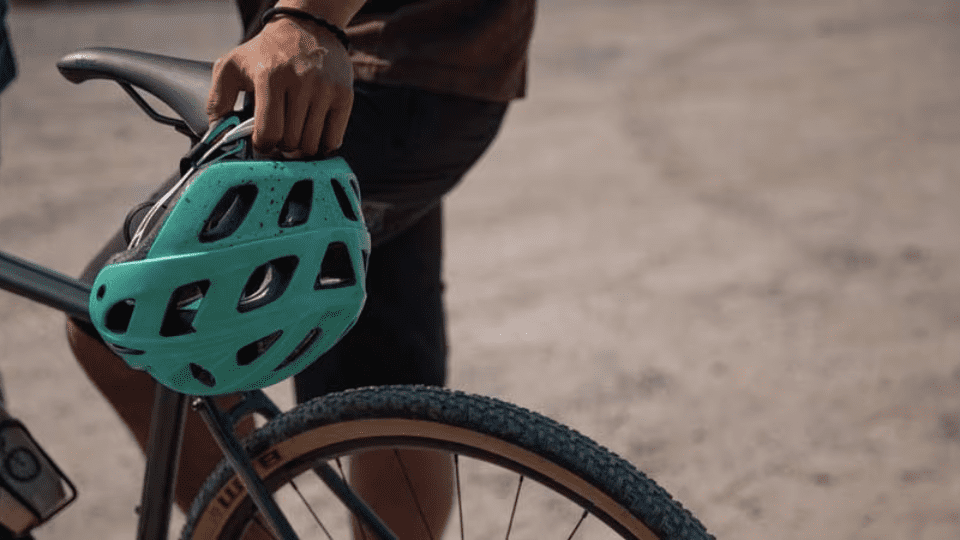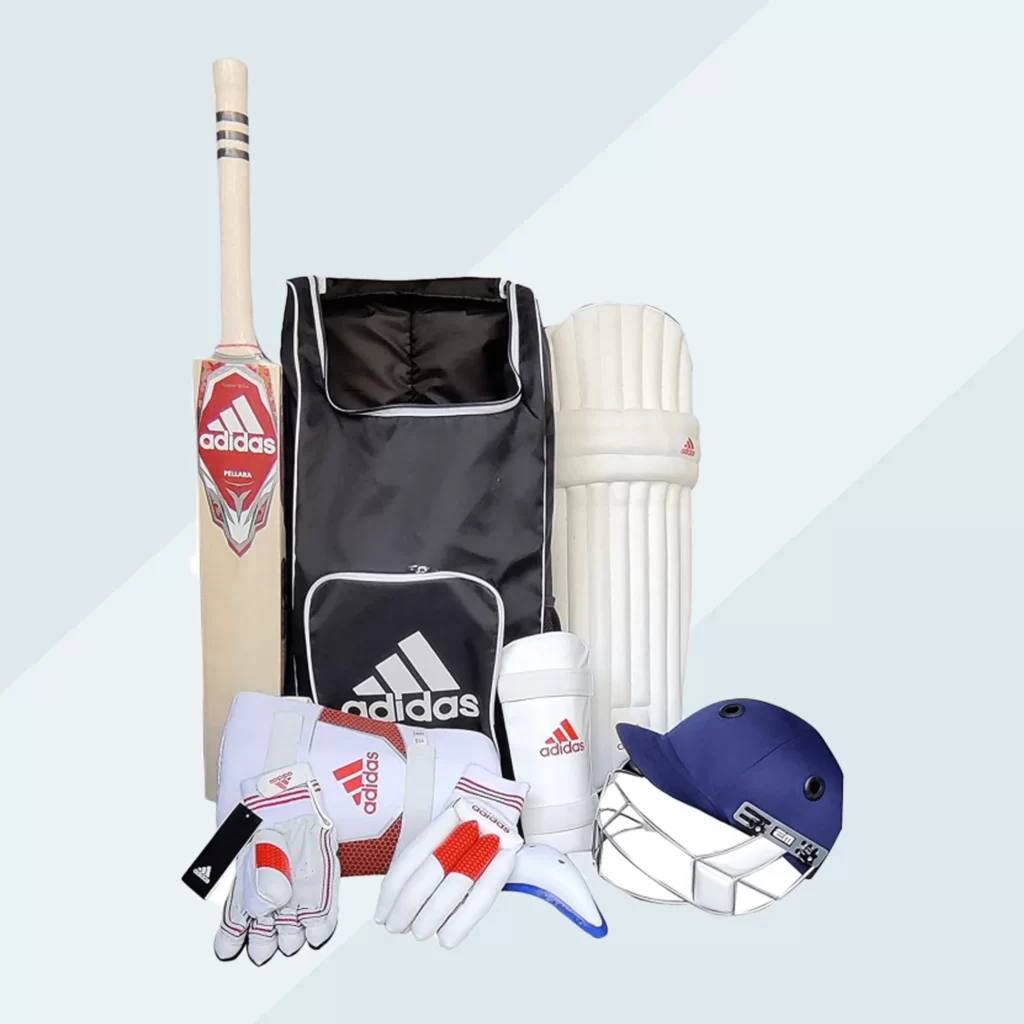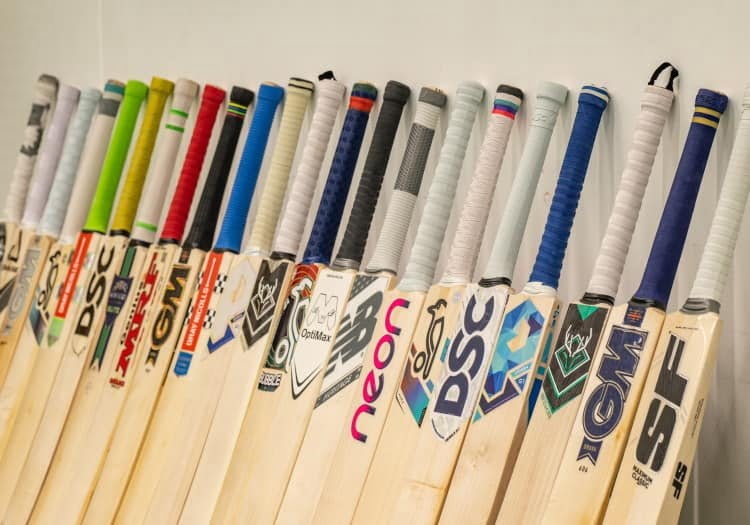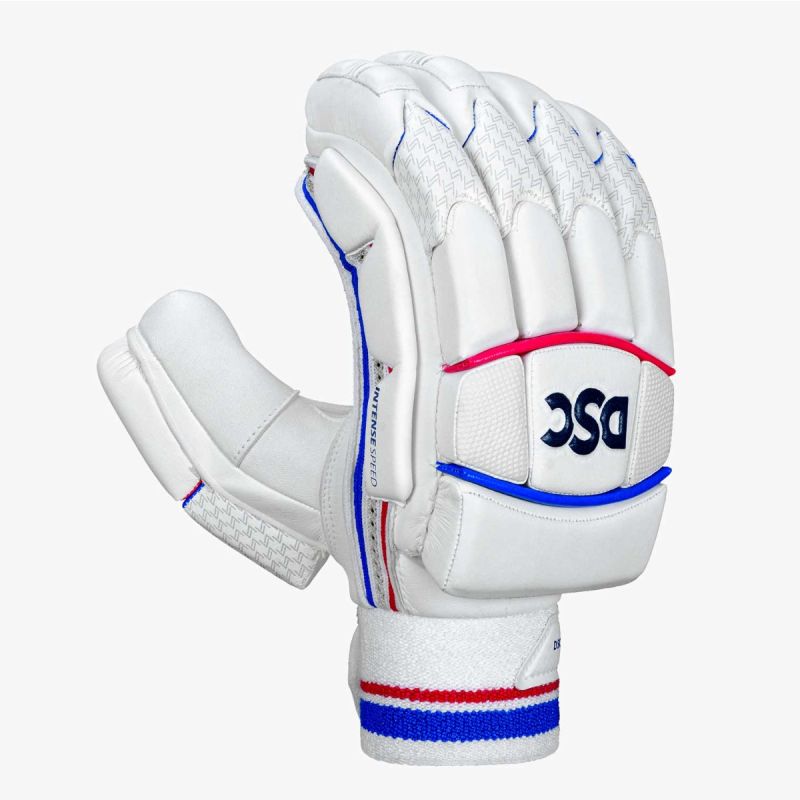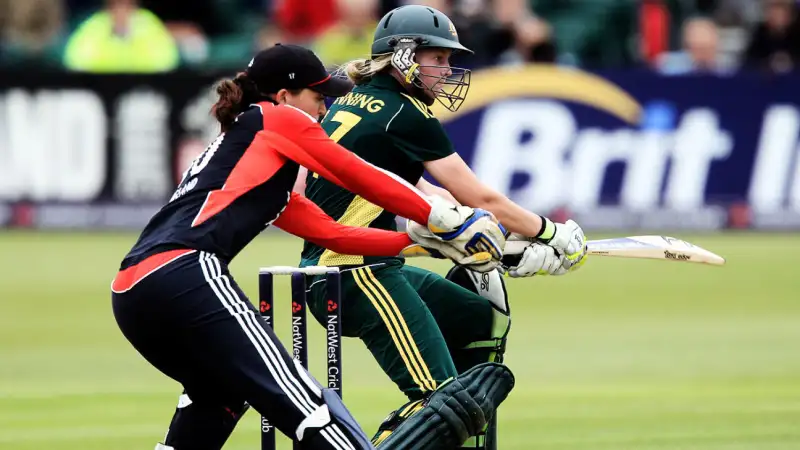What are the lines on a tennis court? – keysportswear

What are the lines on a tennis court

Have you ever wondered what all the markings on the court truly mean when watching Wimbledon? When a player strikes the ball, depending on where it falls, someone who is often leaning over with beige pants and a sweater cries loudly in a way that can only be characterized as someone stubbing their toe. But why precisely are they reportedly shouting “Out”? I thought it was a fantastic photo! We’ve detailed what each of these lines means and how this affects each point to assist folks better comprehend the game and the notorious Tetris-like marks on the tennis court.
The Baseline
Whether you are the person serving or waiting to return your opponent’s serve,
Both players must begin each point with both feet behind the baseline. Tennis players frequently find themselves along the baseline during a rally because it offers them the greatest time to react and execute their next shot. The player who struck the ball loses the point if the ball goes over the baseline and is said to be “out.”
Singles’ side-line

The singles court is somewhat smaller than the doubles court because the singles side-line is the outer wide edge of the singles court. If the ball crosses this line,
whether during a rally or a serve, it is also deemed “out” and the player who struck
the ball forfeits the point or must serve again. Players frequently play shots down the line balls on the singles sideline to push their opponent wide and open up
more space on the court so that they could win the point.
Doubles’ side-line or Tram lines

On the tennis court, there are two sidelines, giving the impression that there are two outside columns. The broader court created by this line gives doubles players greater space to play and, more significantly, more room for error.
The net
The only significant obstruction to a tennis player’s perspective is the net, which separates the court’s two halves. The center of the net is lower and does have a little arch. Having to get the ball past the highest point in the net makes those down-the-line shots a little bit trickier. When playing volleys or drop shots, some tennis players opt to go closer to the net. A player forfeits the point if they strike the net during a rally. A second serve will be given if you strike the net after serving. A “let” service is one that needs to be retaken if the player serves the ball into the service box but just barely brushes the net.
Center service line
The two service boxes are separated by the central line. Each point must be started by the server playing the ball into the opposing service box. Throughout the whole battle, this switches between each point.
Service box
When a player starts the rally by serving, in order to make a valid shot, the player must hit the ball into the service box on their opponent’s side. Any serve that lands beyond the box is called ‘out,’ and will result in a second serve. If the server fails to accomplish this again, a double fault will occur and the server will lose the point.
Baseline center mark
This mark represents the baseline’s center point and serves as a guideline for where the server may stand during a service. Players frequently stand as near to this mark as possible to obtain greater coverage of the opponent’s service box and provide a better angle to play a serve through the center along the center service line.




